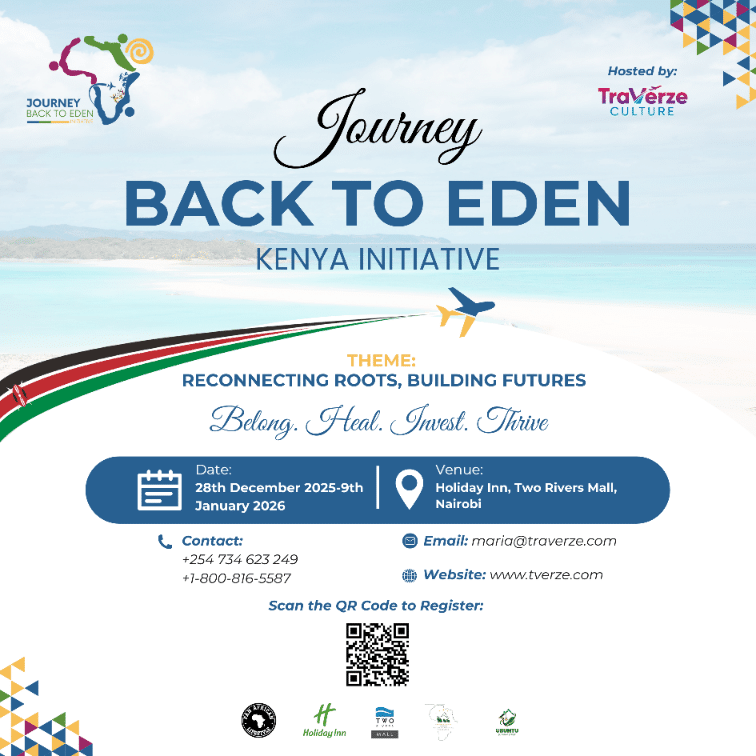Understanding your financial position is a crucial element of personal finance management, as it serves as the foundation upon which financial goals are built. It involves evaluating various aspects of your financial life, including income, expenses, assets, liabilities, and net worth. Having a clear picture of your financial position enables you to make informed decisions while planning for the future, budgeting effectively, and identifying areas for improvement. The significance of understanding one’s financial situation cannot be overstated, particularly in today’s unpredictable economic climate.
The Four Modes of Wealth Concept
The concept of the four modes of wealth provides a framework for individuals to assess where they currently stand on their financial journey. Each mode represents a different stage along the path to financial stability and abundance, ranging from financial insecurity to wealth accumulation. Knowing which mode you occupy can help clarify your current circumstances and inform your strategies for moving forward. It is not uncommon for individuals to struggle with financial instability, often feeling overwhelmed by debt, unexpected expenses, or insufficient savings. Recognizing these challenges is the first step toward overcoming them.
Additionally, many harbor dreams of attaining financial freedom—a goal that typically includes living without the constraints of financial worry and having the ability to pursue personal ambitions. However, to achieve this state, it is imperative to first grasp your financial position clearly. This understanding serves as a guide, allowing you to set realistic goals and devise actionable plans. The subsequent sections will delve into each of the four modes of wealth, providing insights and strategies tailored for individuals at various points in their financial journeys.
Survival Mode
Survival Mode represents a critical stage in an individual’s financial journey, often characterized by living paycheck to paycheck. During this phase, individuals experience considerable stress due to a constant lack of funds, which typically leads to high levels of bad debt and a limited financial cushion. This situation not only affects their ability to plan for the future but can also contribute to chronic anxiety and insecurity in day-to-day life.
The challenges faced in Survival Mode are multifaceted. Many individuals find it difficult to meet essential expenses such as housing, food, and transportation, leaving little room for unexpected costs. The absence of savings exacerbates the issue, as an unplanned expense can easily disrupt financial stability and lead to further debt accumulation. Consequently, many individuals in this mode may need to rely on credit cards or loans, which can perpetuate a vicious cycle of borrowing and repayment.
To navigate out of Survival Mode, it is essential to adopt practical financial management strategies. First, creating a comprehensive budget can illuminate spending habits and identify areas where expenses can be curtailed. This budget should include all necessary monthly expenses and allow some room for discretionary spending. Moreover, prioritizing debt reduction is critical. Individuals should focus on paying off high-interest debt first, using methods such as the snowball or avalanche methods to systematically eliminate debt.
Finally, building an emergency fund is a vital step toward achieving financial stability. Even a small amount set aside each month can accumulate over time and provide a safety net for unexpected expenses. By establishing these foundational strategies, individuals in Survival Mode can start to shift towards a healthier financial position, aspiring to move beyond mere survival into a realm of financial security and growth.
Stability Mode
Stability Mode represents a critical phase in an individual’s financial journey, characterized by consistent income and some degree of savings. However, despite having a dependable income, many individuals within this mode may still experience uncertainty regarding their financial security. A defining feature of Stability Mode is the management of controlled debt; individuals may possess liabilities such as student loans or credit cards, but they are generally within a manageable range. While there is a foundation of financial stability, the absence of substantial savings for future goals can lead to feelings of insecurity.
In this mode, individuals typically find themselves focusing on essential financial responsibilities while also striving for a better financial future. The key to advancing from Stability Mode to greater financial security lies in implementing strategic measures that enhance both income and savings. First and foremost, exploring ways to increase income can significantly impact financial well-being. This could involve asking for a raise at one’s current job, seeking additional employment opportunities, or investing in skill development to qualify for higher-paying positions.
Another vital strategy is improving savings rates. Establishing a budget that prioritizes savings can help individuals allocate a portion of their income towards savings goals. Even small, consistent contributions to a savings account can create a security buffer against unforeseen expenses. Moreover, embarking on investment opportunities, even in modest amounts, can lead to greater financial growth over time. Understanding the various investment vehicles available can empower individuals in Stability Mode to make informed decisions regarding their financial future.
By adopting these actionable steps, individuals can progress towards a more secure financial status, ultimately transitioning out of Stability Mode and into a phase of increased wealth and financial independence.
Growth Mode
As individuals progress in their financial journey, they often move through distinct phases. The third phase, known as Growth Mode, is characterized by the active building of wealth through strategic investments and income diversification. During this mode, it is crucial to explore various investment strategies that align with one’s financial goals. Options may include stocks, bonds, real estate, or mutual funds. Each investment vehicle offers unique benefits and risks, making it essential to conduct thorough research and possibly consult financial advisors.
Moreover, creating multiple income streams is a cornerstone of Growth Mode. Relying solely on a single source of income can pose a risk; therefore, individuals should consider side businesses, freelance work, or passive income opportunities, such as renting properties or investing in dividend-yielding stocks. By diversifying income sources, individuals not only enhance their financial stability but also accelerate their wealth accumulation process.
Freedom Mode
Transitioning into the fourth phase, Freedom Mode, symbolizes a significant shift from active accumulation to enjoying the fruits of one’s labor. In this mode, individuals experience the rewards of their hard work by establishing financial independence. The focus here is primarily on passive income, which involves income streams that require minimal effort to maintain. This can include earnings from investments, royalties, or rental income, allowing individuals to achieve a lifestyle that offers both flexibility and comfort.
Financial freedom often leads to a more fulfilling life, where individuals have the capacity to pursue passions, spend time with family, or even travel. The key takeaway from this transition is to recognize the importance of planning and preparation during Growth Mode, as it serves as the foundation for enjoying the benefits of Freedom Mode. By appreciating the progress made, individuals can stay motivated to continuously strive for both wealth accumulation and personal fulfillment.












